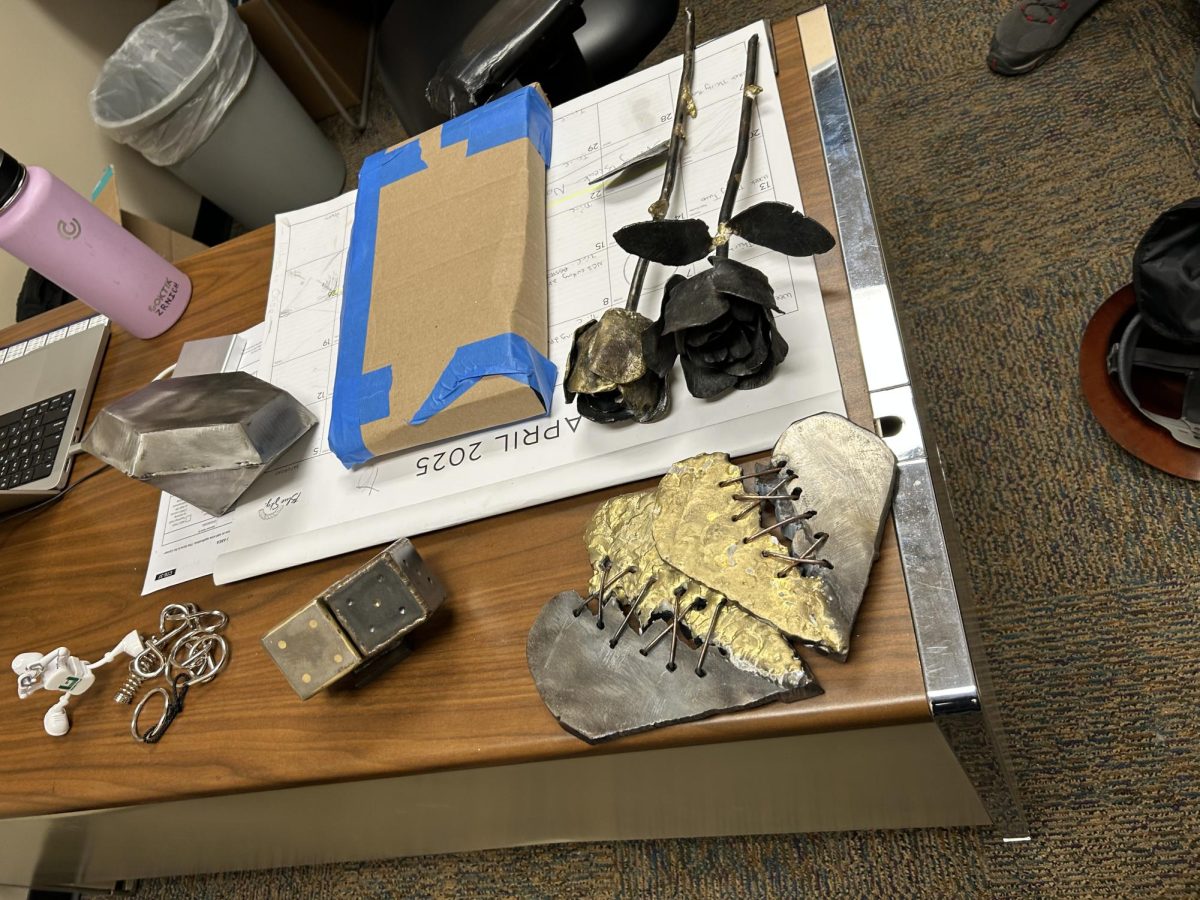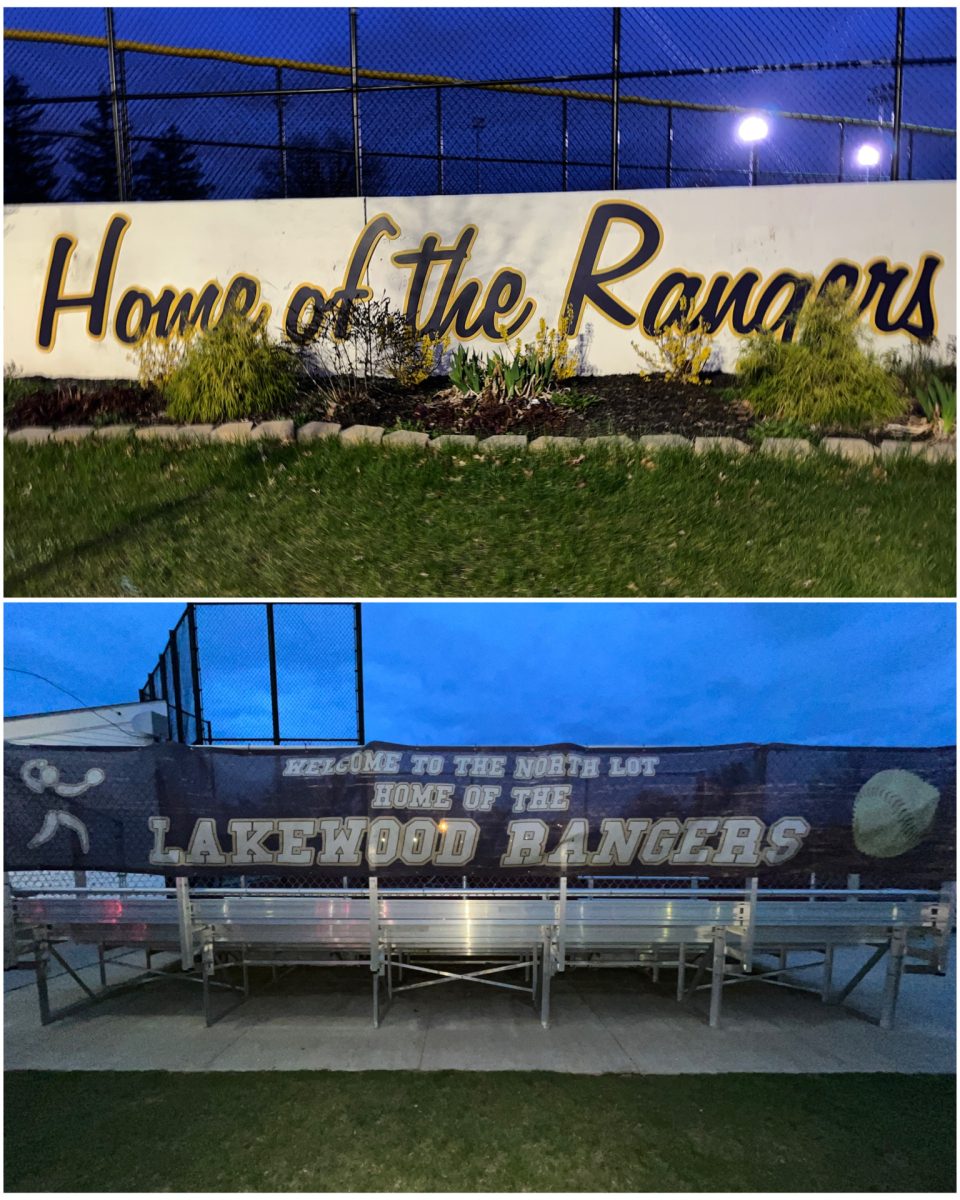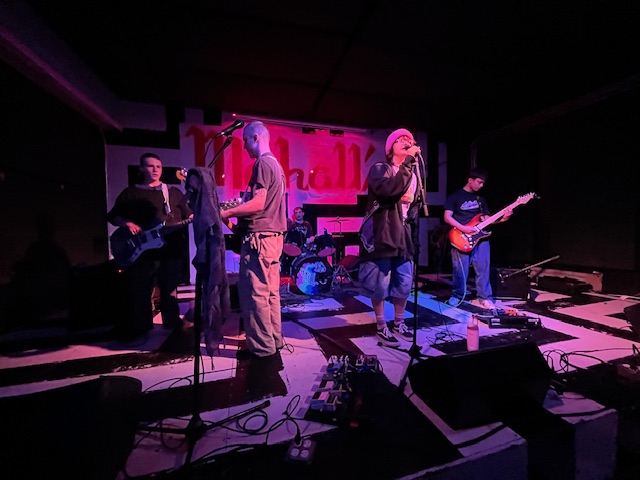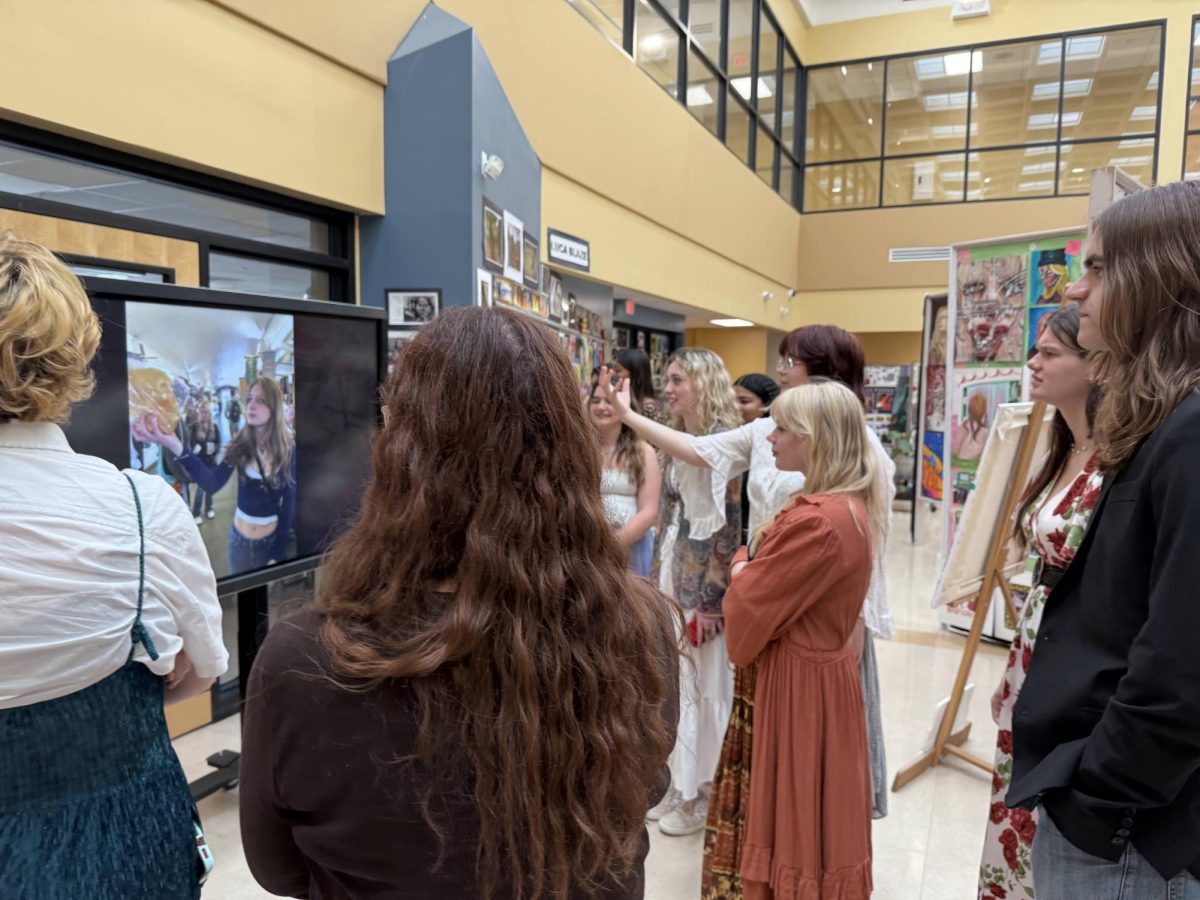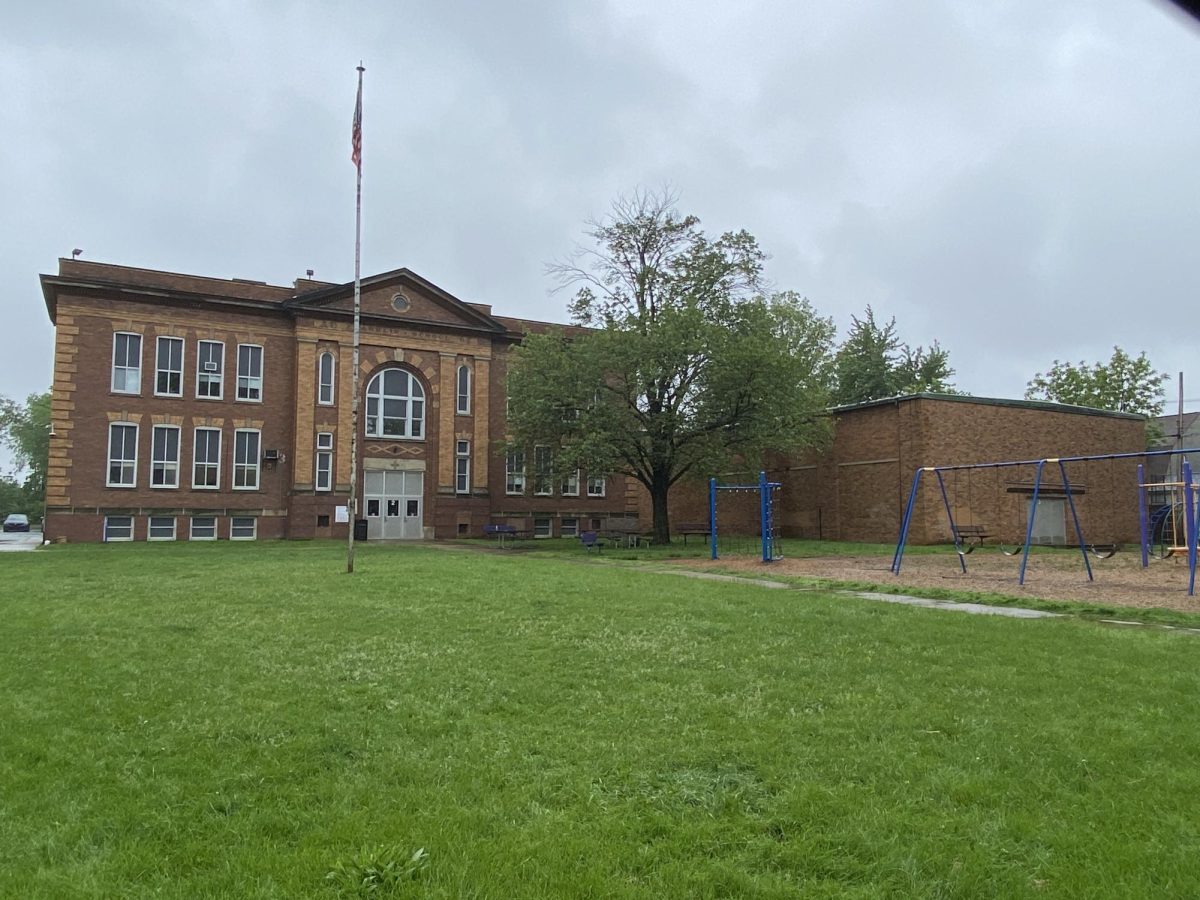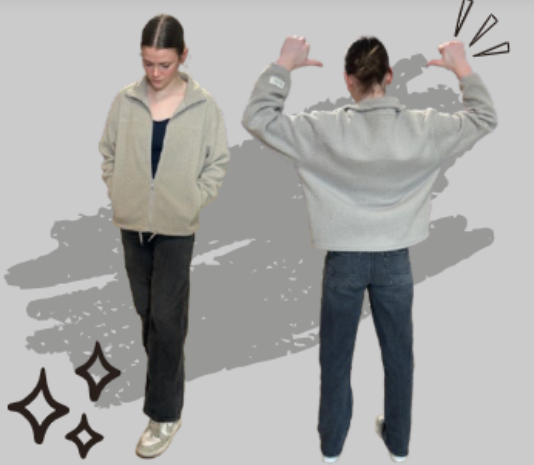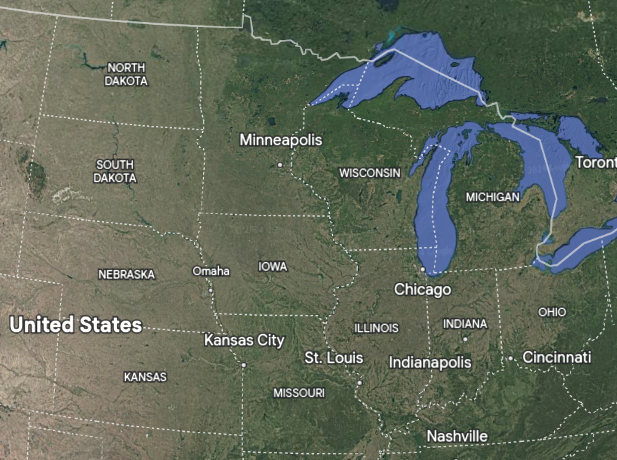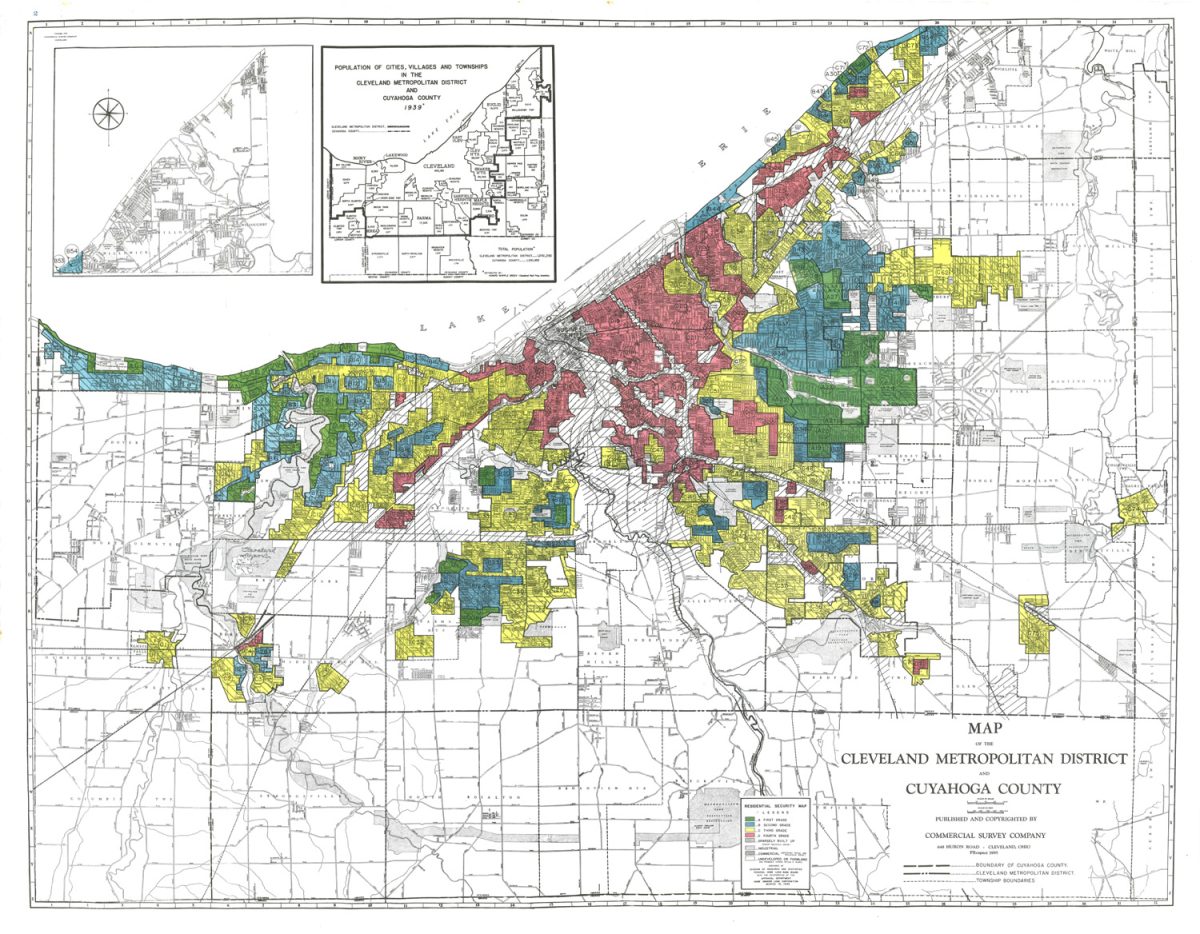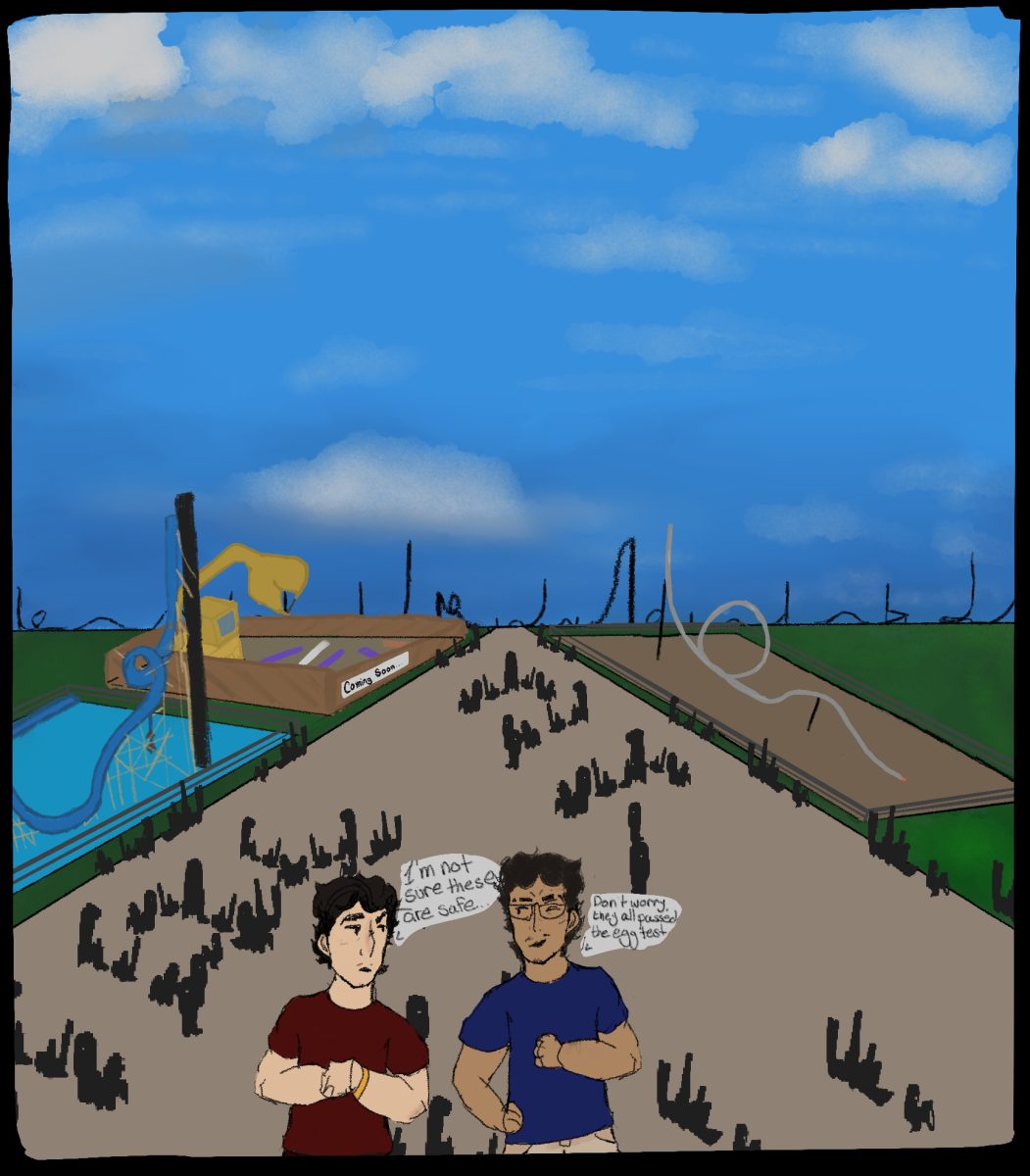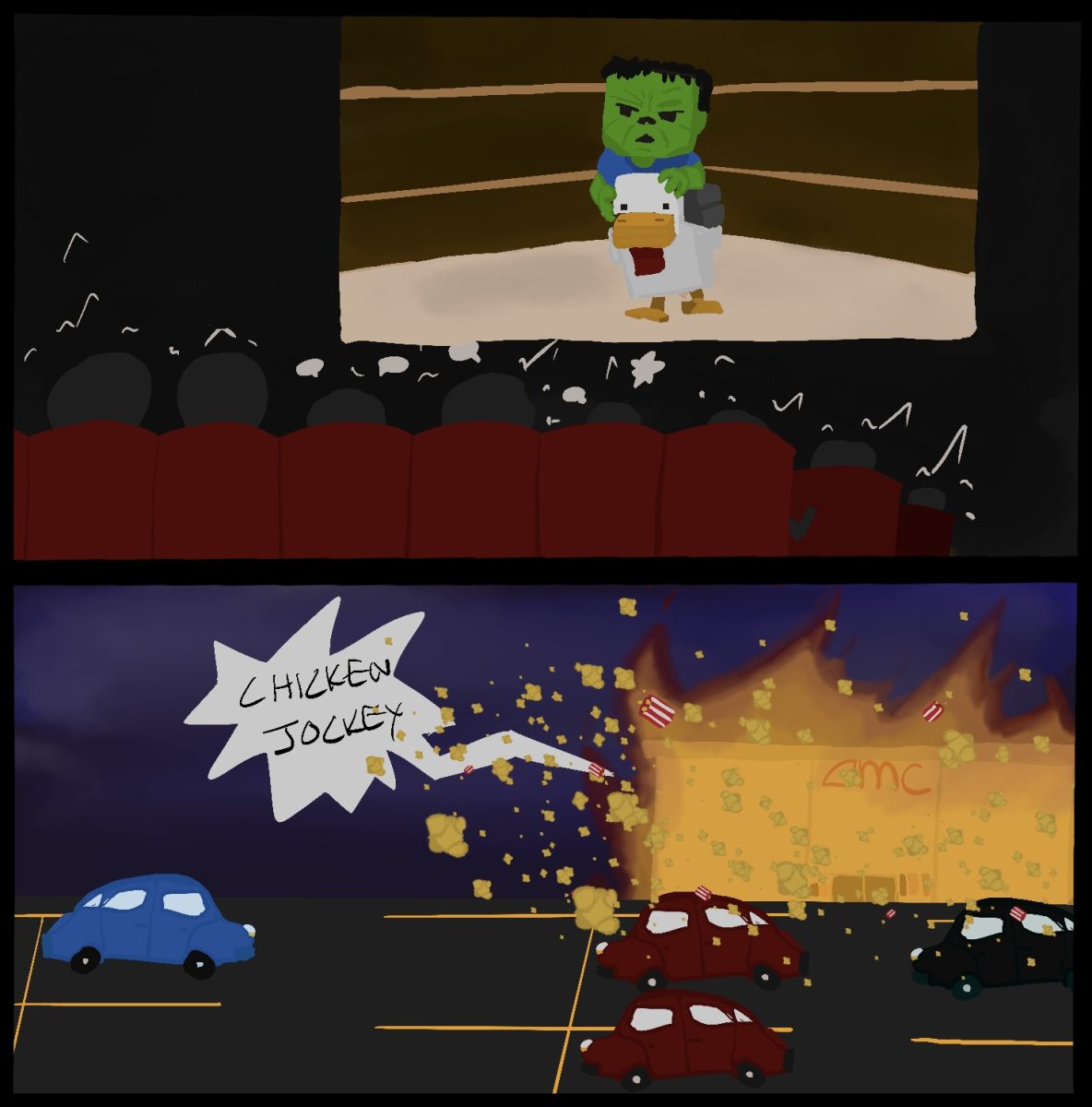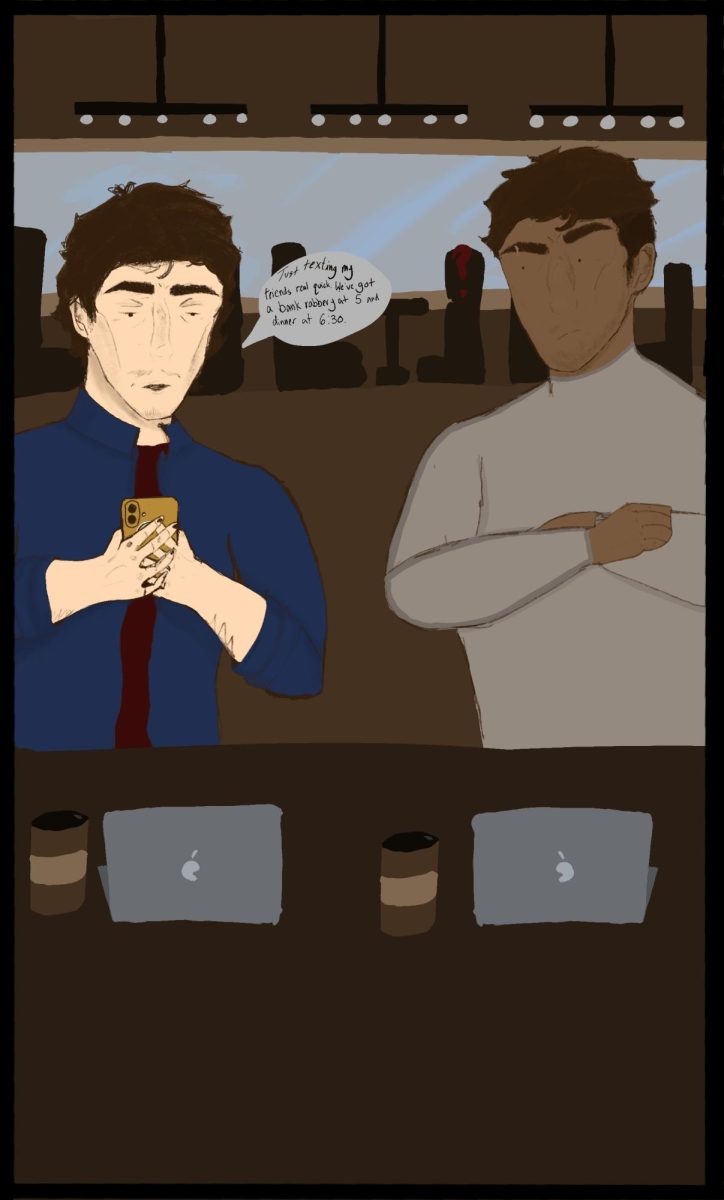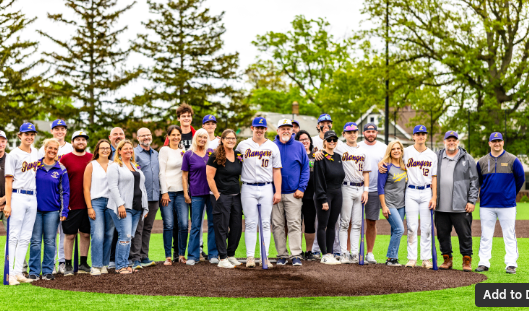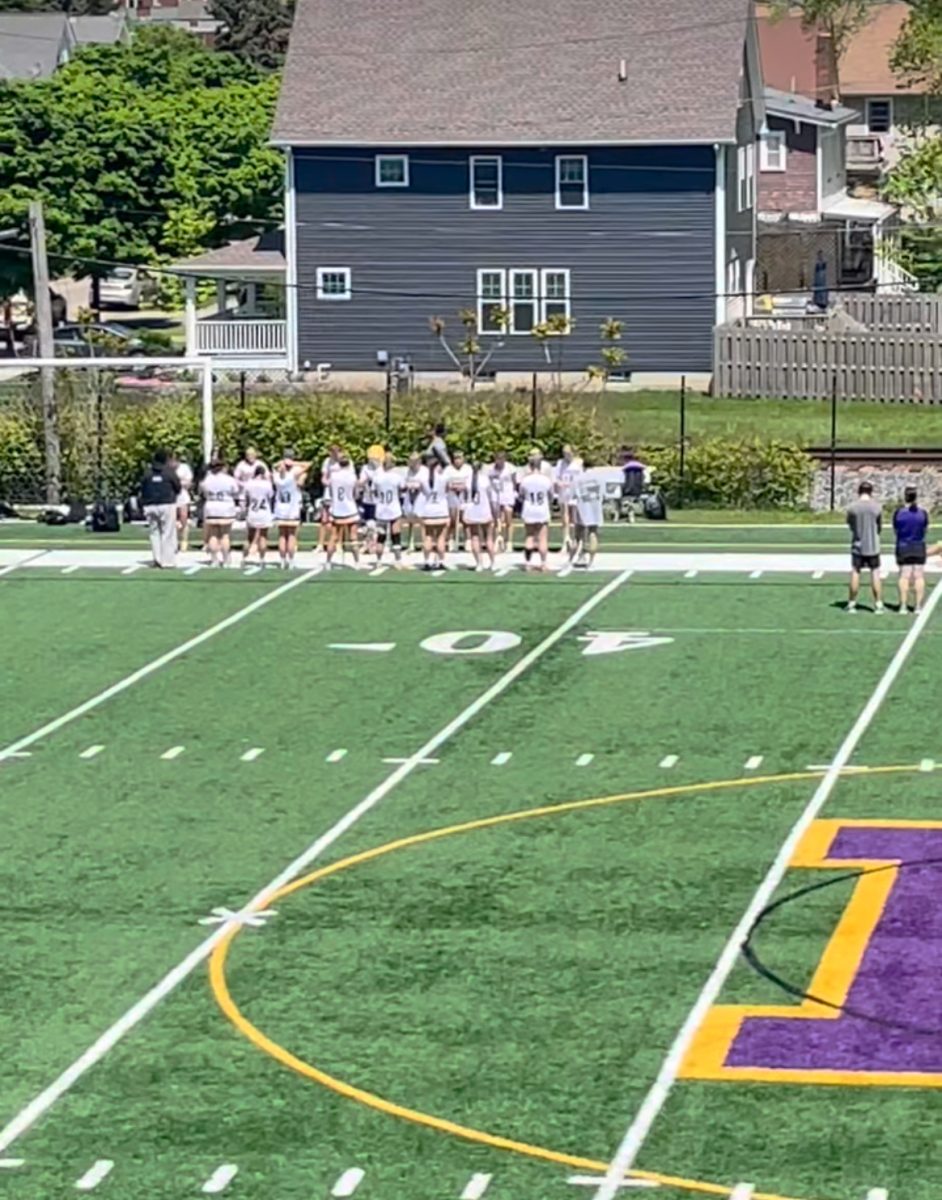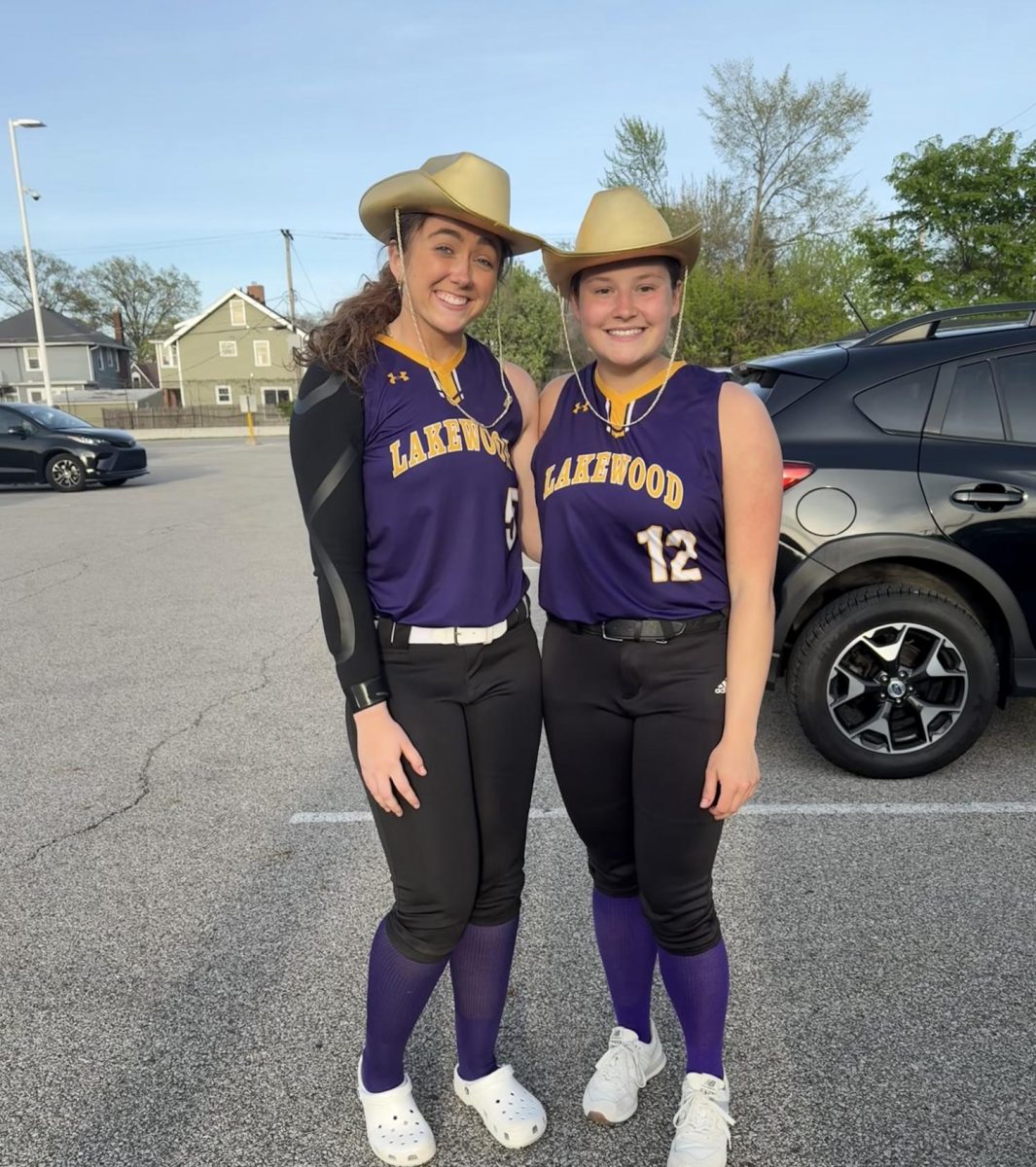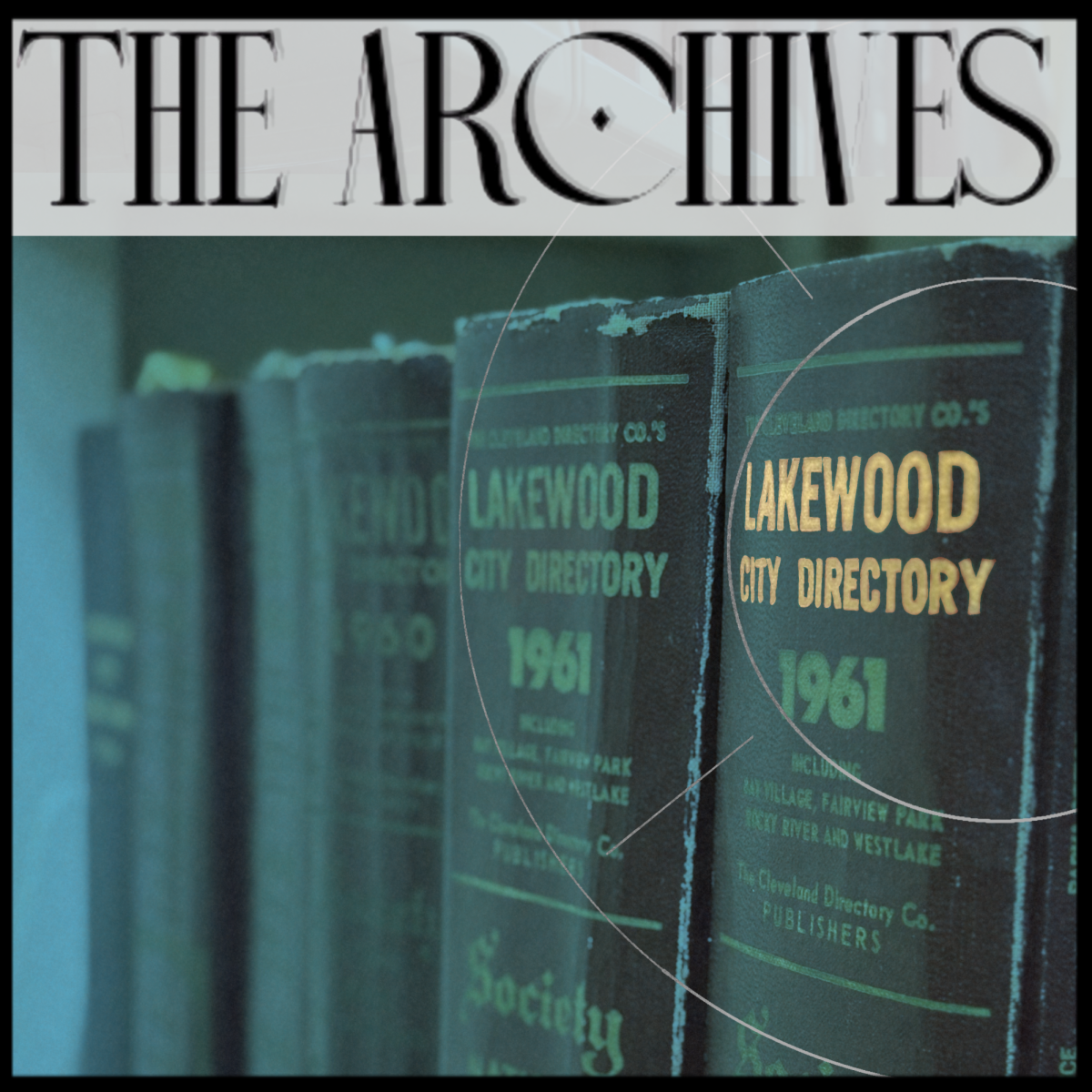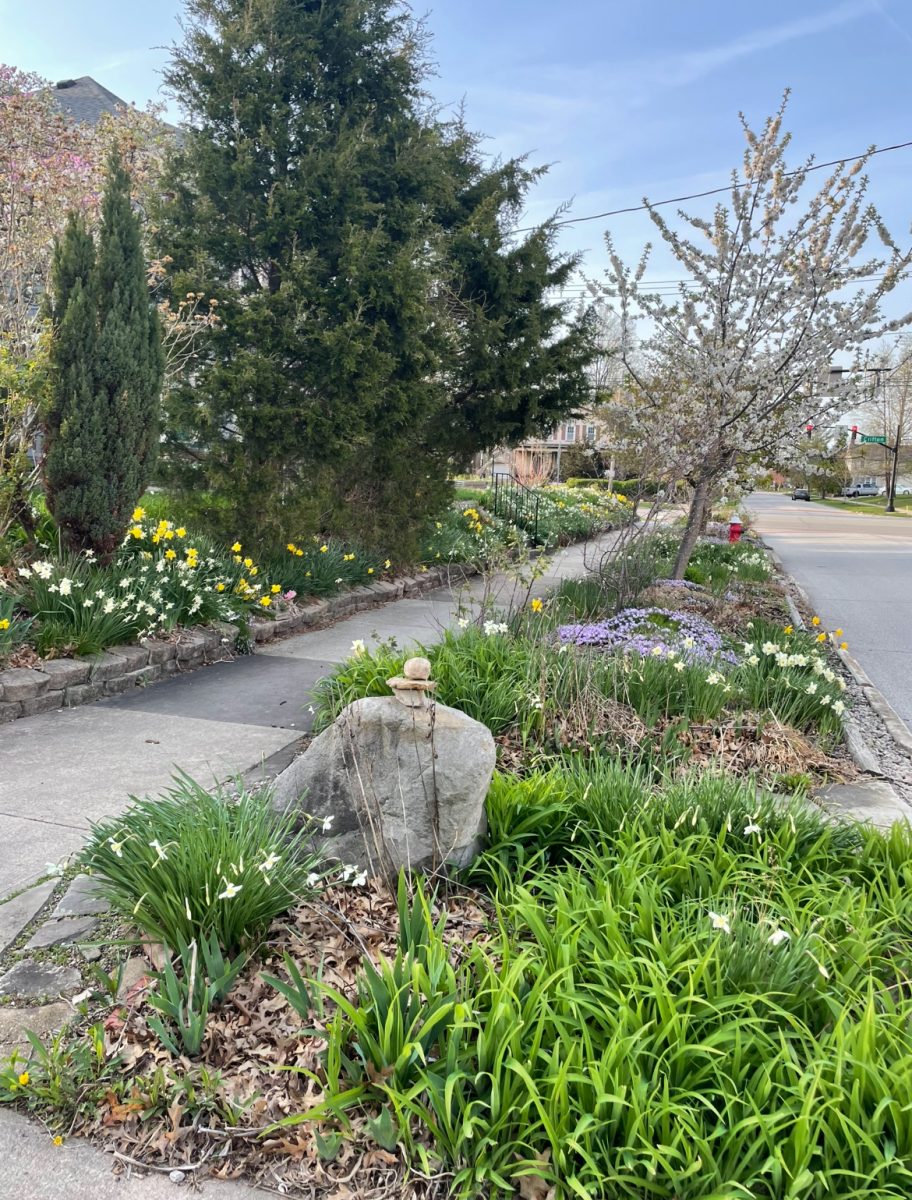What if your yard was united with the environment, creating a beautiful garden space that isn’t only eye-pleasing, but also reduces water waste, helps pollinators and wildlife, and supports local ecosystems? Native gardening offers substantial growth to our environment, and it may be simpler than you think.
Lakewood is a community thriving in gardening, vegetation, and native plants. Organizations and green teams, such as Keep Lakewood Beautiful, offer sales, tips, and tricks for the gardening community. Betsy Jarvi, a board member for Keep Lakewood Beautiful, shares some information on native plants in the area.
“Natives that do really well in Lakewood include Purple Coneflower, Beebalm, Swamp Milkweed, Common Milkweed, Butterfly Weed (a type of Milkweed), Blazing Star, Foxglove, Phlox, and Little Bluestem, and Indian Grasses,” Jarvi said. “I also encourage planting Lupine, Cardinal Flower, Virginia Bluebells, and Columbine for early bloom times. For later blooms, many Goldenrods and both Late and Common Boneset offer food through October.”

The plants have many benefits, from saving water to helping the ecosystem and even for their beautiful aesthetics. Retired school psychologist and fellow Lakewood gardener Sharon Hogan moved to Lakewood twenty years ago, and she has a lovely yard filled with native plants and cultivar plants of her own. She also plants her own vegetation and benefits from it. Of course, growing a garden always has its challenges.
“Deer will come and eat, they’ll eat tulip and rhubarb,” Hogan said. “I recently raised my food garden and put a fence around it.”
She still has a robust and vibrant yard, so while deer do eat native plants, they seem not to prefer them.
So much culture and creativity goes into landscaping and planting. For example, Hogan’s family has a long line of cultivators rich in experience and passion. The opportunities arising from horticulture are never-ending, and the community is filled with support.
“My great-grandfather came from Italy in the 1800s, and he got his job as a groundskeeper at an estate in Connecticut,” Hogan said. “And then when my grandfather grew up, he and his brother would do groundskeeping at a summer cottage where my grandmother was an assistant chef.”
Just the one garden carries with it so much history, love, and appreciation behind the scenes.
Devotion and tradition aren’t the only benefits of native planting; the planet also reaps many benefits. For instance, using native plants helps reduce water waste because they don’t require as much water as other plants.
“Because native plants are adapted to our local weather and soil, they usually need far less water and care than plants from other regions,” Jarvi said. “Their deeper roots help filter and clean water, and they provide essential food and shelter for insects. Meanwhile, grass lawns waste 9 BILLION gallons of water every day—and all for something that supports no wildlife.”
Native horticulture possesses adaptations and skills that other greenery does not. Benefits also include the fact that there is no need for pesticides and chemicals. Pesticides and grass-dying chemicals are terrible for our environment; wildlife ingests chemicals and is harmed, potentially even killed. The chemicals also seep into water sources, which affects human health.
“Turf grass is native to Europe, not the United States,” Jarvi said. “Because of this, it struggles to survive in our soils and drier climate. To achieve that emerald-green color, we rely on fertilizers and herbicides, which then run off into our waterways, causing algae blooms and other pollution. Native lawns and plants, on the other hand, thrive naturally—no chemical support needed.”

So, how do you get into gardening? Lakewood resident Abigail Marsh is looking into starting a small native garden and recently went looking for starter plants. Chances are it’s easier than you think.
“I’m planning on purchasing milkweed and buddleia (Butterfly Bush) at Keep Lakewood Beautiful’s annual perennial flower sale, and I’ve been collecting some of my mom’s old shovels, so hopefully I’ll get started soon,” Marsh said.
“Shovels and muscles,” Hogan said, that’s all you need to start a garden. It truly is that simple, especially since native plants are relatively low-maintenance and can be found in local agriculture around town.
As more people discover the rewards of native gardening, it’s clear that this movement is about more than just aesthetics — it’s about creating spaces that nourish our environment and community. So, with all you’ve learned and all there is to learn, are you considering starting a garden of your own?





